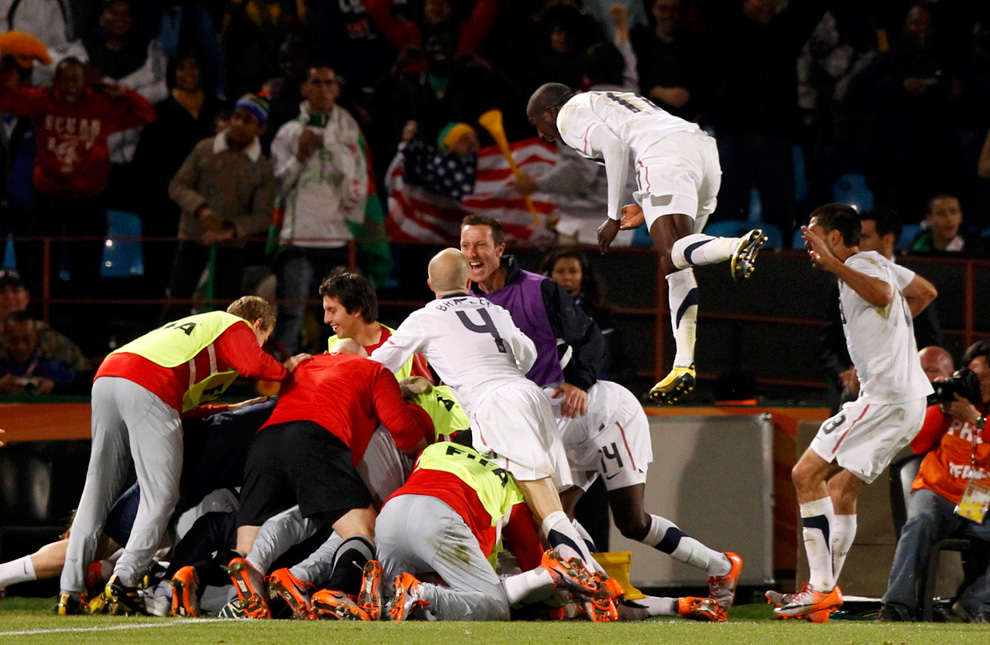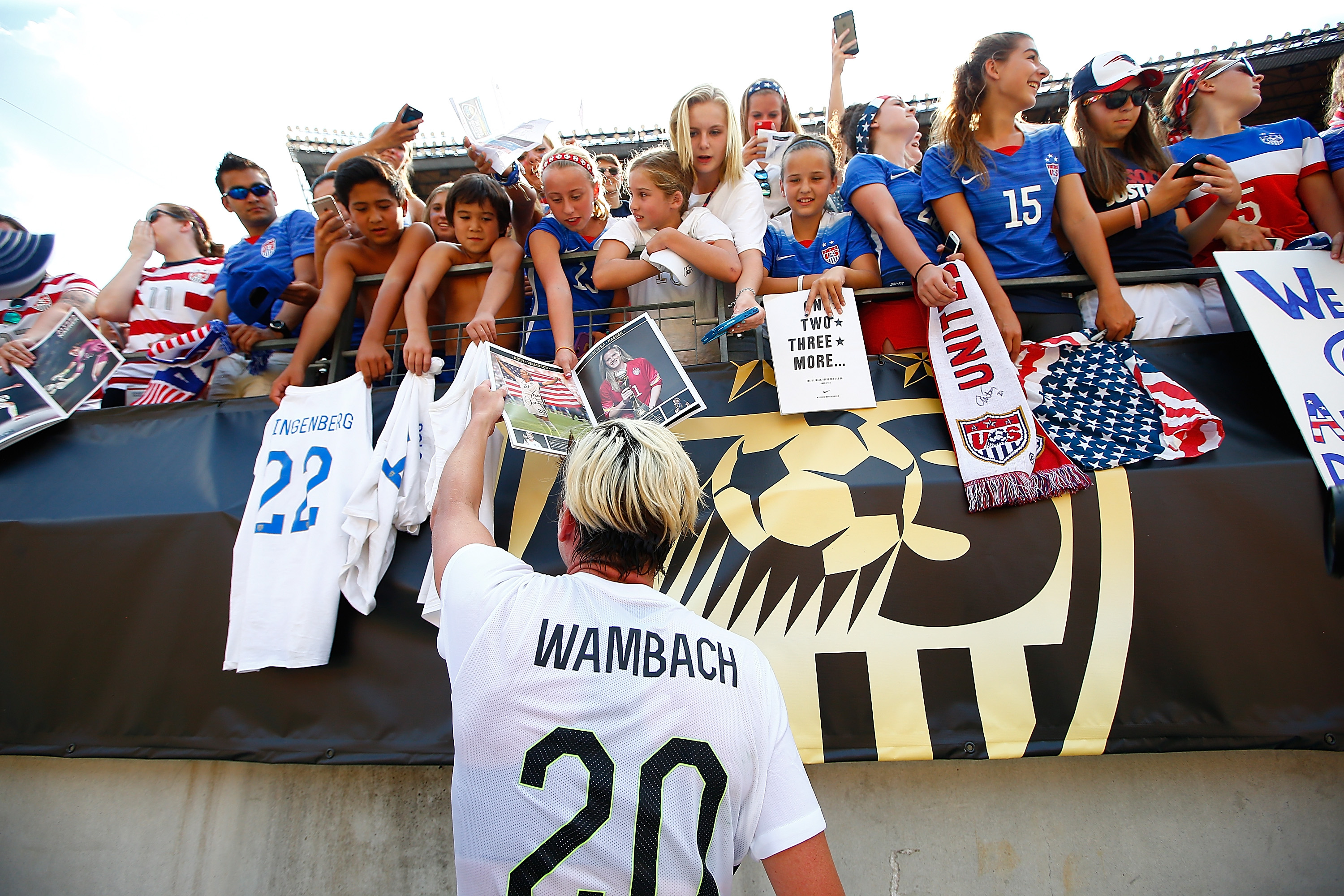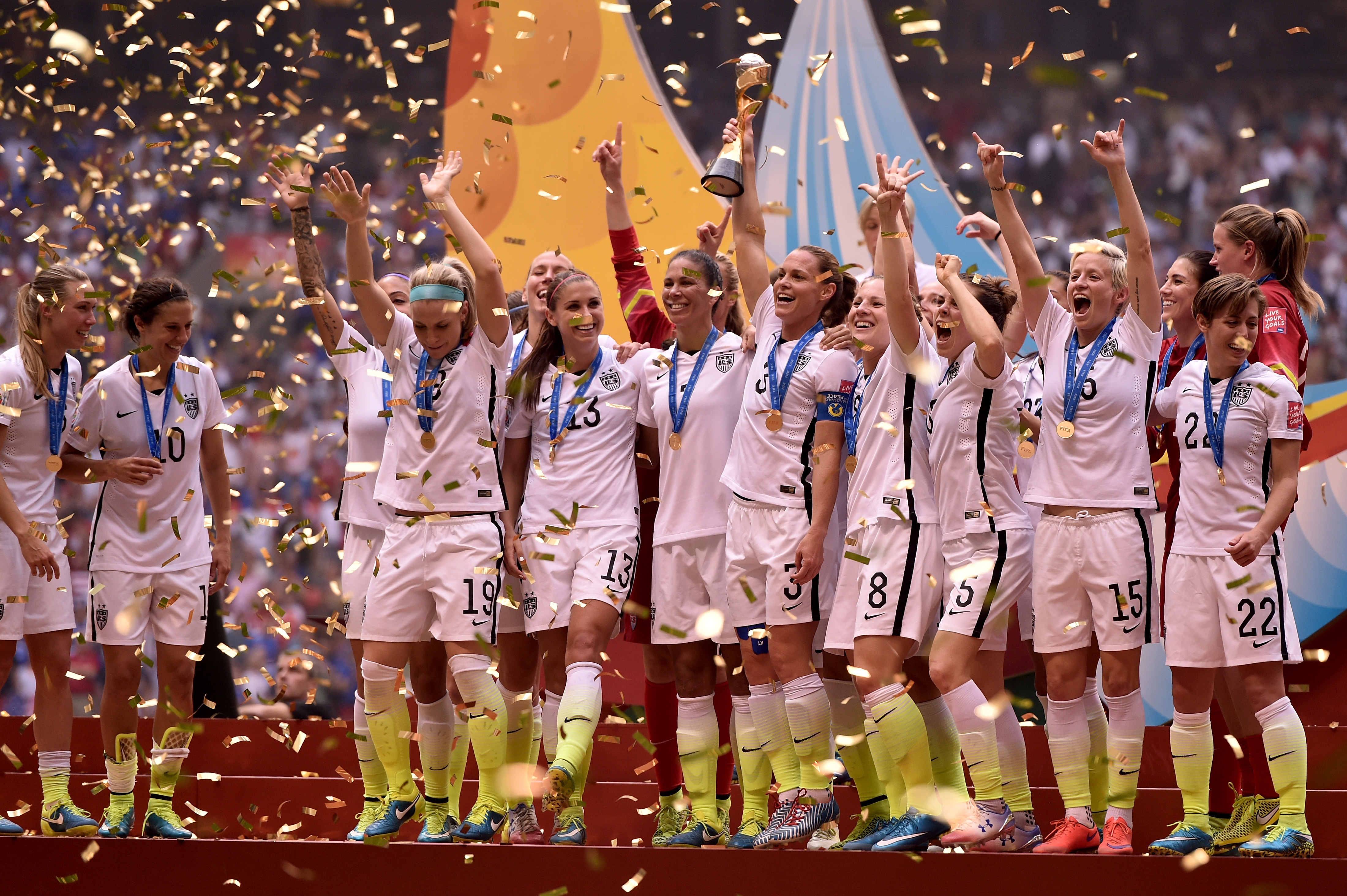During the Jurgen Klinsmann era, one of the US Soccer media’s favorite activities was to point out whenever Klinsmann said one thing, then acted differently, and make it into a big deal. This was never more apparent when criticizing Klinsmann’s squad selections. Klinsmann often said one of the big factors that determined whether a player got called into camp was whether or not he was getting matches with his club team. Then you’d look at his roster and there would be players there that certainly did not fit that criteria.
Since taking over as the new manager for the USMNT, Bruce Arena has been asked many questions about who would be in his squad. Arena has said that no major changes were likely to come, but players getting games at the club level was certainly necessary for a player to be called up. He then essentially ruled out 18 year old Tottenham defender Cameron Carter-Vickers, who had earned his first US call up in Klinsmann’s last two games in charge.
When Arena says that he won’t consider players not playing consistently with their club, he probably means it. But is the manager right to completely rule out players who aren’t getting consistent starts for their club?
That’s a much more complicated question and the answer is probably not.
For starters, what is the actual criteria for “consistent playing time” in Arena’s eyes. Take Christian Pulisic for example. Everyone knows Pulisic is a lock to not only be on the roster when the US takes on Honduras in March, but in the starting XI. However, since returning to Borussia Dortmund after the US loss to Costa Rica, Pulisic has started in just two of Dortmund’s five matches, and neither of them were in the Bundesliga.
That’s just 40 percent of Dortmund’s matches, and with Marco Reus and Dortmund’s other stars returning from injury, that number isn’t likely to grow. So does starting 40 percent of your teams matches qualify as “consistent playing time?”
Herein lies the problem. No two players are the same and when it comes to the question of consistent playing time at the club level, the age of the player and where he plays should be a big factor.
The point of this isn’t to turn this into another MLS vs Europe argument but lets call a spade a spade here; there’s a big difference between a young player trying to break into a team in Europe as opposed to a young player not getting playing time in MLS, or an older player who isn’t getting playtime anywhere.
Julian Green has been a hot button topic for US Soccer fans for some time now. His inclusion on US squads is almost always questioned. Green stepped back into the national team picture this summer when he had an impressive pre-season tour with Bayern Munich, but many assumed he would fade once again because he never gets on the field for Bayern Munich.
But that wasn’t the case. Despite the lack of games Green was called up to the national team in both October and November. During those call ups, Green showed that the fact that he rarely steps on the field for Bayern hasn’t halted his progression. Green isn’t going to get playing time for Bayern anytime soon, not when he’s competing for playing time with the likes of Robert Lewandowski, Thomas Muller, Kingsley Coman, Douglass Costa, and Arjen Robben.
But that’s exactly what makes trying to break into a European team different from MLS. If Jordan Morris wasn’t getting playing time at Seattle that would be a major problem, mainly because due to the structure of MLS and Morris’ contract with the Sounders it’s basically designed for Morris to play every game. The Sounders simply don’t have anyone on Morris’ level competing with him for a starting spot. Meanwhile every day that Green shows up to the training ground he has to prove that he belongs on the same field as Thomas Muller and Robert Lewandowski, the same way that Pulisic has to show he belongs with Marco Reus at Dortmund. That makes a difference.
This season, Green has started three games for club and country and he’s scored in all three. Can you really say that the lack of matches has been hurting him?
This doesn’t just go for young players. Michael Bradley had one of his best years for the US in 2011 and was fantastic in that summer’s Gold Cup. In the six months prior to that tournament, Bradley played a total of 100 first team minutes. But everyday he showed up to the training ground competing for a spot on the field. It didn’t seem to slow him down for the USMNT.
Age plays a factor as well. There’s a big difference between a young player not playing every game as opposed to the same thing happening to a veteran. Managers will often try and protect young players, or keep them out of games to keep them humble. Or they may simply be giving the veteran every chance to retain his spot.
If a player like Graham Zusi or Matt Besler were all of a sudden not starting games for their team anymore, then Arena would be right to not consider them (just like what Klinsmann did with Mix Diskerud when he was dropped from the NYCFC team).
However, for players like Carter-Vickers, Green, or even Matt Miazga, players who don’t get many chances but impress every time they’re on the field, the world class players above them in the pecking order shouldn’t be the reason they’re left off the national team.






